The world of Customs is changing very quickly. Since the word around us is a new place. During my years in Customs I have had the fortune to work with more than 120 Customs Services around the world. One of the Customs Administrations I have always admired and that I have had the pleasure to visit many times over the last two decades is Australian Customs. It all started when I was very young and lived in Australia for a period of time in the 80s. When getting back to Sweden and Swedish Customs I always remembered all the things I learned in Australia. When we in the early 90s were reforming our administration one of the things that came up was the need for a new control strategy. I suggested using risk management. I had been on a study trip to Felixstowe and I had visited the National Freight and Intelligence Unit ((NFIU). I was fascinated by the work they were doing on container traffic. I also remembered a television show I had watched in Australia about Australian Customs using a new model called risk management. When I asked by the Director General if I wanted to lead the national project on introduction of risk management in Sweden I started that project with an environmental scan to find out what other where doing, to find out if there was any Customs administration systematically and successfully using risk management instead of the traditional control strategy used by Customs for hundreds of years. I wanted to know who the best are. What is the benchmark? If the is one. I found out that Netherlands had a similar project and that they were ahead of us. So I went there. This is how I first learned to know the Customs legend Chris Arts, one of the best, most visionary and most intelligent Customs officers I have ever net. Chris became over the years a very good friend and he still is. We decided to start a bilateral project together to develop the areas of risk management and compliance management. This is how I met one of my best friends in the world, Henk van Zandvijk. A man I would trust my life with any day of the year. I also got to know a lot of other Dutch friends during the years to follow through this cooperation. I learned a lot from all of them. What both Chris and Henk said about risk management though was, ‘Australia is the best, we learned from them’. So I went to Australia to visit Australian Customs for three weeks. What I and my colleagues found was heaven. At least for a Customs officer. Australian Customs was very advanced and global leaders on risk management. In fact they were far ahead of all of us. I did visit a number of other countries and administrations as well. But what I found in Australia was outstanding. There were several reasons for this. Australia was advanced and early adopters of IT and information management. Australia is situated geographically far away from everything else so there is time to do risk management while the ship is at sea or the plane is in the air. However, the main reason was a very dynamic team lead by a man called Colin Vasarotti. Col, as he is called, had written a book about risk management that I borrowed from Chris Arts read numerous times. In Cols team and surroundings you found also other today well known Customs legends like David Widdowson and Gerard McLinden. So I met with Col and learned a lot from Australia Customs. I took it all home and we implemented it in Sweden. I them got asked to work with risk management in the EU, and so we did. The rest is history. Today there is no Australian Customs Service (ACS) anymore. The organization has changed and developed several times. The world around us has changed. Australian Customs became Australian Customs and Border Protection Service (ACBPS). Customs has been merged with other agencies. Last year Australian Customs and Border Protection Service became Department of Immigration and Border Protection (DIBP). At the same all operational work for the included agencies became the nee Australian Border Force (ABF). New solutions for new challenges and priorities. Today it is very modern and advanced organization – or really two organizations, working very closely together – managing the Australian borders. Huge organizations, tasked to handle much prioritized agendas like national security, immigration, trade management, customs, border controls, revenue collection etc. Australia is only one example on this type of change. There are many others. This is a global trend that we have seen. Customs become a totally other animal. Countries are using organizational development to face new challenges. We have seen this type of changes also in countries like Canada, UK and United States, just to mention a few. More will follow. In addition we have during the last decade seen the move from separate Customs and Tax administrations to Revenue Agencies all around the world. Organizational development on this scale, sometimes also including areas like e.g. agriculture and food/health, is now the new reality. However it is till about borders, about movement of goods and people. I see two major consequences of this trend. We need to change also our international institutions to reflect this change. The established international organizations like the World Customs Organization and World Trade Organization, need to address this major change. Many of the Members are not only Customs organizations anymore they are border agencies. While keeping the focus and the core business as it is, because that is important, these organizations must also in addition reflect and address agendas that represent this nee memberships national agendas, priorities and interest to be relevant. Secondly, we must strengthen our cooperation with Academia to initiate research and evaluate these new models to learn more about the effects and results from these changes. This is necessary for all of us to become better in the future. I think we can agree that we today are not doing enough on either of these areas. It is always possible to become better. So the drug detector dog on the wonderful photo above, at the time working for Australian Customs, today have another home. What does it mean to the dog, its handler, the unit it worked in, the overall organization – to all of us? It is time to find out, so we can discuss this in a serious and constructive manner in our meetings. We need to become better to fight organized crime, international terrorism, to support trade development and to increase the efficiency of revenue collection. Organizational development is one way to do that. Or is it really? Today we don’t know on the global level. Tomorrow we will have to know. This is a topic I will return to over the following year. There is a lot to do and a lot to change. We can’t afford to wait to do so.
Terrorist attacks make headlines, but policy-makers should be just as concerned about other forms of violence linked to organized crime and other criminal activities. In fact, violence is unfortunately increasing in our societies. There are also connected links between organized crime and terrorism. This is a worrying trend we need to address.
The increase of violence is a real and present danger to citizens all around the world, especially in some parts. International institutions should pay more attention to it. Some of them are starting to realize this. I am unfortunately convinced that I will return to this topic in the blog many times in the future, even though I hope that I am wrong. This is an article from World Economic Forum about this topic.
Having just written an article about the Swedish King – on his 70th birthday – and the Swedish Royal family, I have to write another one about another Swedish King. The King of Swedish football.
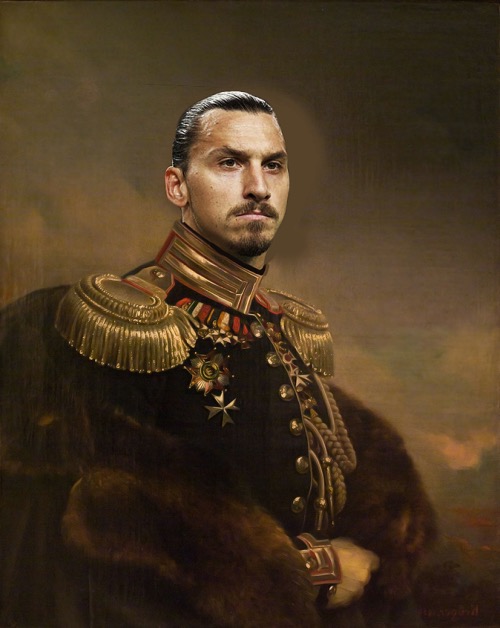
King Zlatan the 1st. Yesterday Zlatan Ibrahimovic scored goal number 33 & 34 in the French Ligue 1. This was his 50th goal of the season so far. Amazing. His best season ever. PSG has already won Ligue 1 & the French Cup. Zlatan is also on top when it comes to assists.
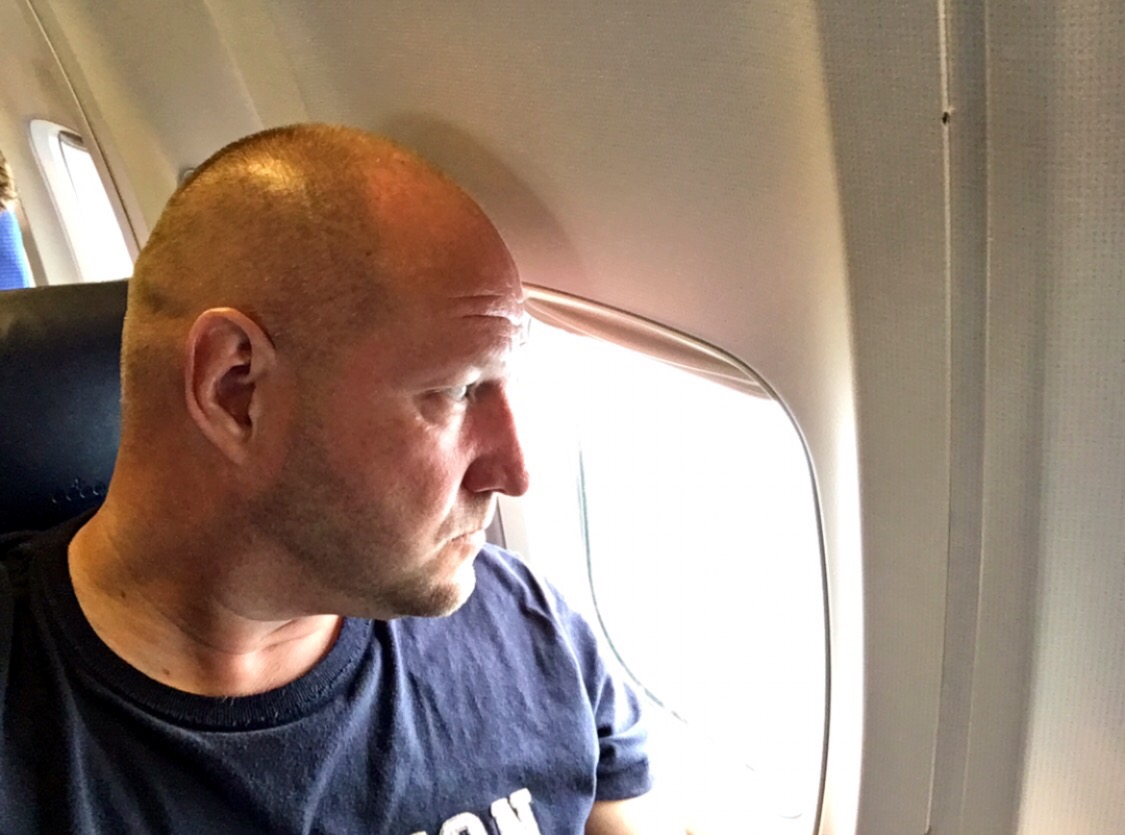
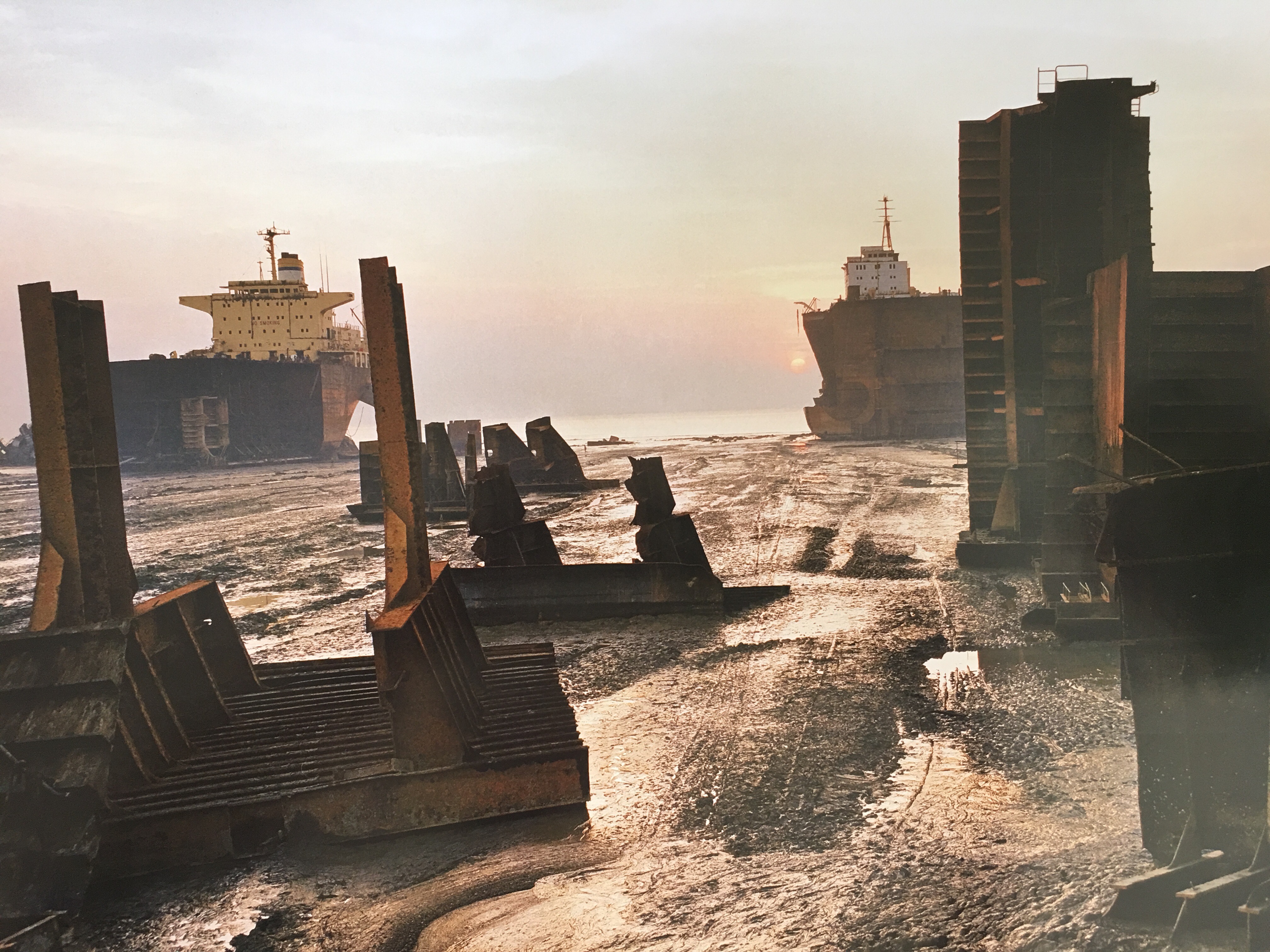
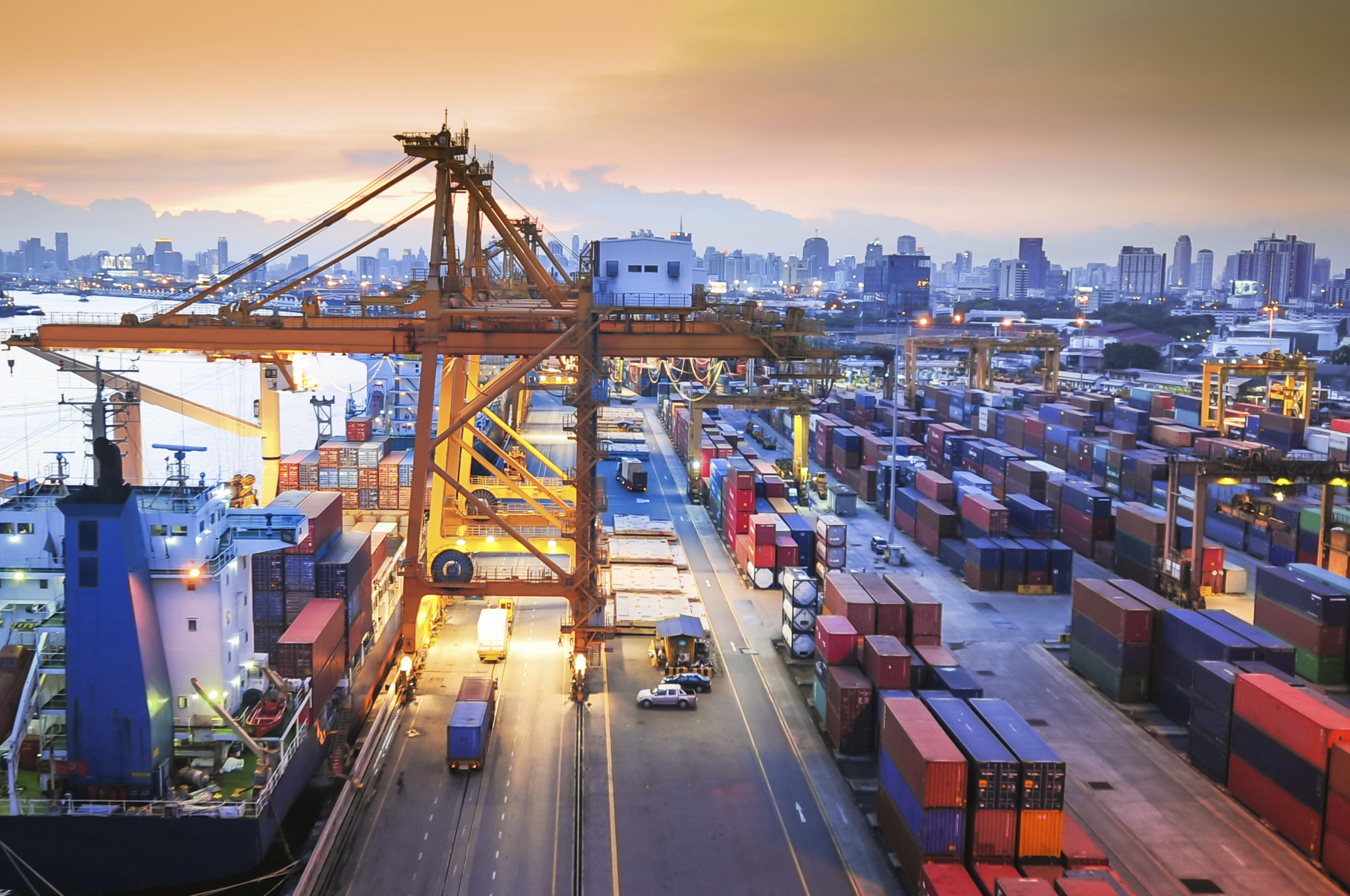
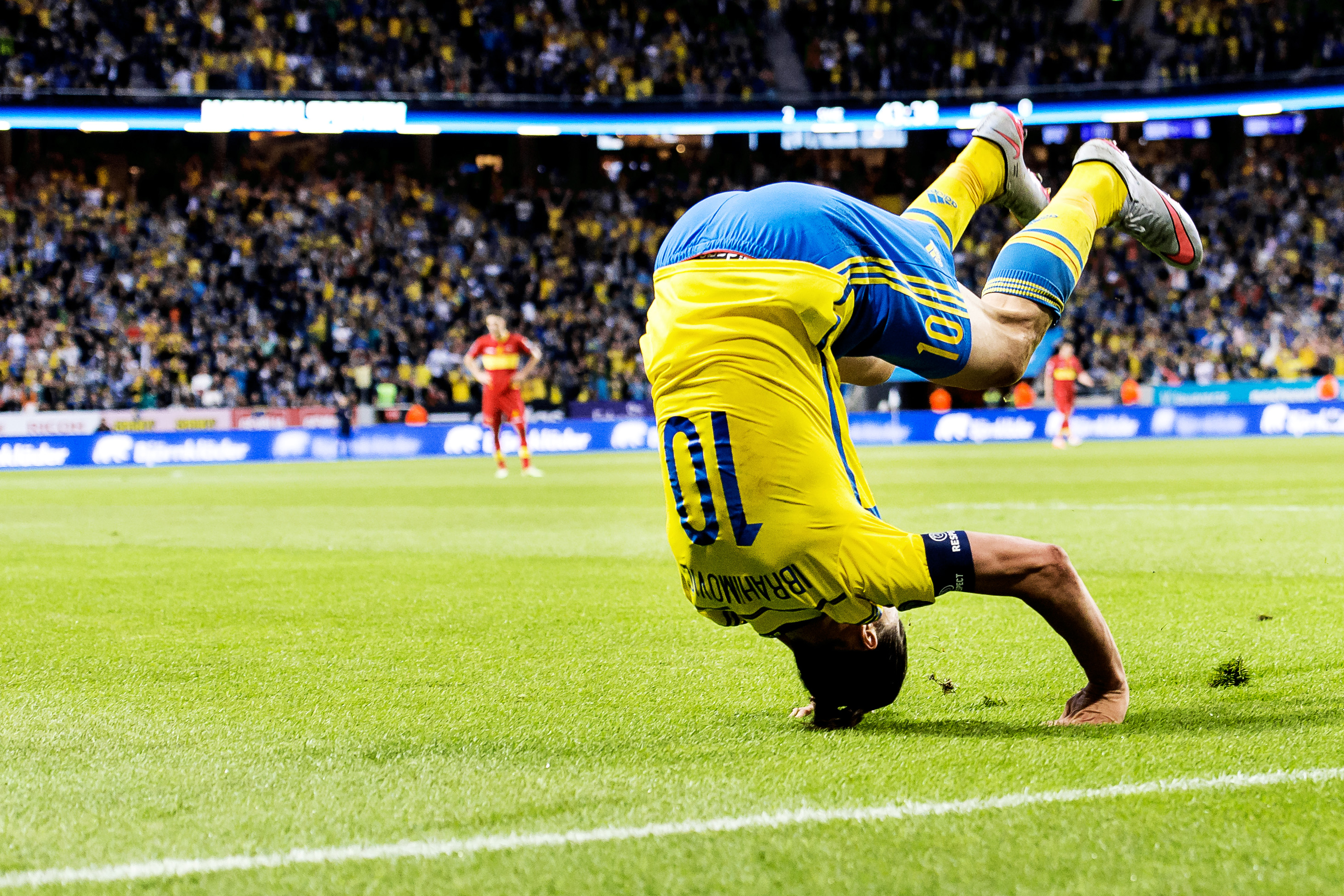


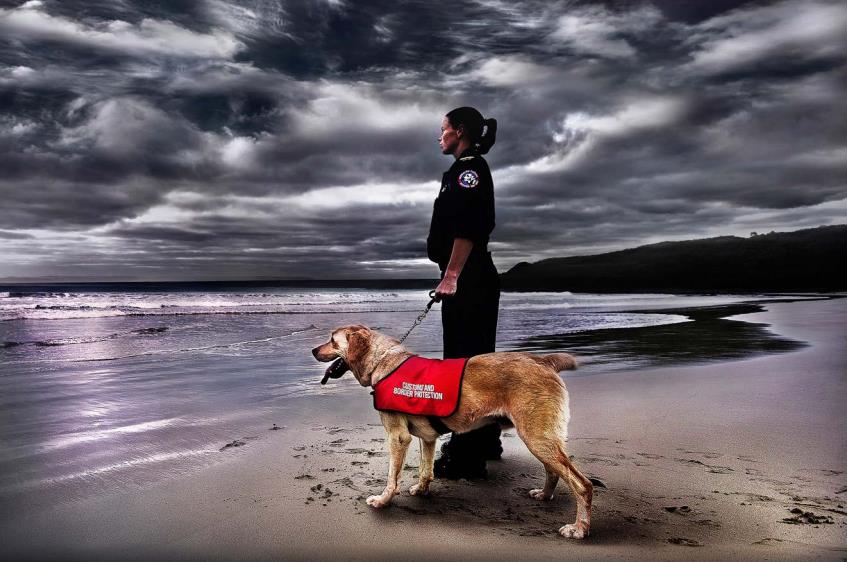
You must be logged in to post a comment.